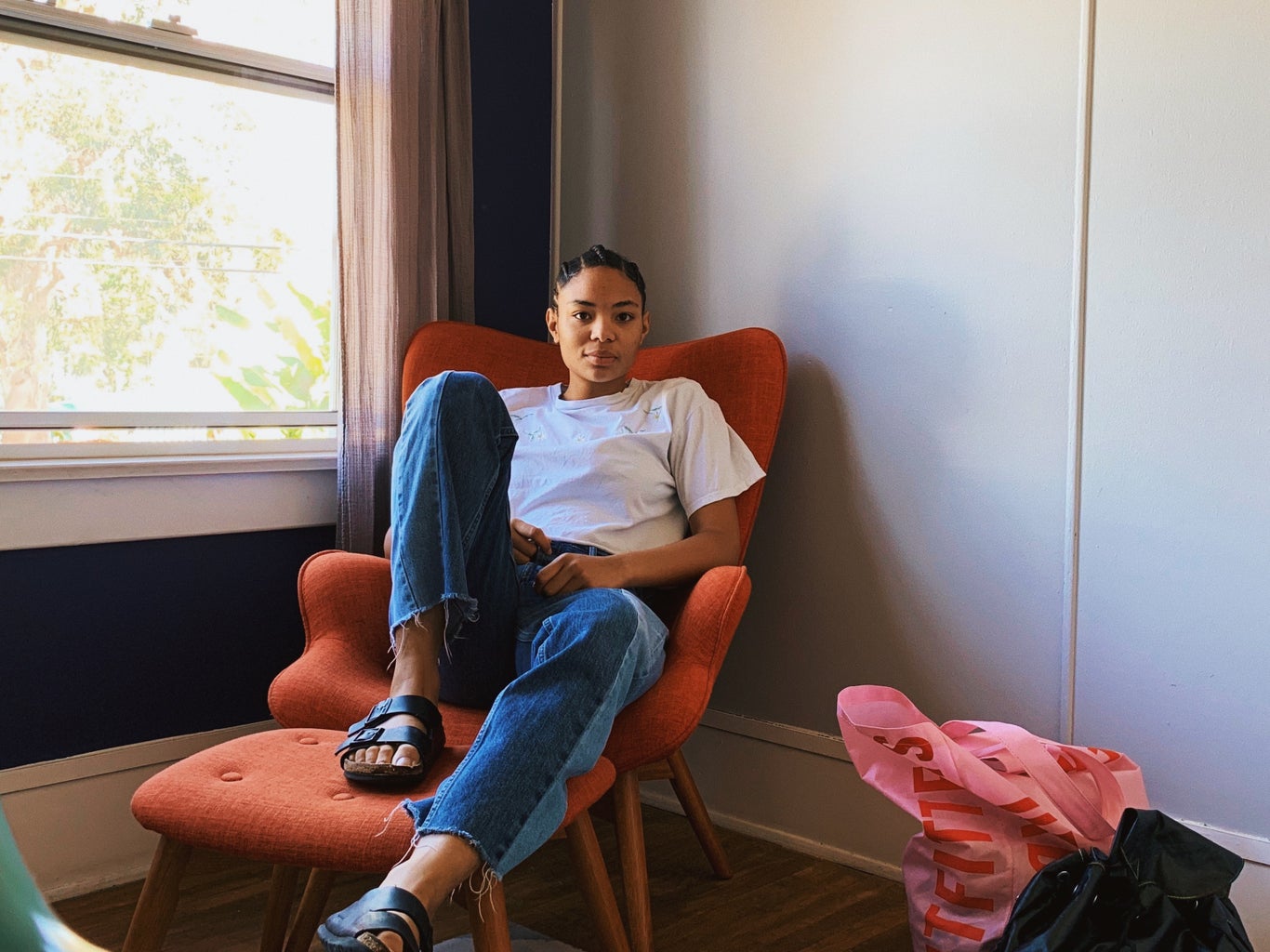I love my women’s center… and I mean love. When I reached university, I didn’t know women’s centers were a thing and I didn’t understand their purpose. After growing accustomed to the UC Davis WRRC, I realized I took my access to these resources for granted when I reached out to find resources for a friend at her university, only to find that a women’s center did not exist there. I mean, what does a women’s center even do? My explanation will be in the context of my particular college and will fall short of all the resources provided, as I will write of what I know of and how I have utilized the organization.
Well, my women’s center, plainly it in itself, provides a safe space for womxn (“spelling is intended to honor anyone who has ever, ever will, or currently identifies as a womxn”) to sit, rest, study, and find resources both in tangible products and counselors. The women’s center feels safe, welcome, and home-y, like a secret nook. It is somewhere I can study if I need a quiet place or lay my head and rest if I am exhausted from school. There are several shelves of books, most prominently on the subject of gender; extending there are many on the intersections of sexuality, race, gender, and class. And as simple as it may seem, a little library, tables with couches and pillows, and complimentary hot tea is all I need at times.
But what else can a women’s center do for you? And where do they exist? And where do they not? If your college or university doesn’t have one, you need a women’s center!
Regarding the University of California (UC) schools, Irvine, Santa Barbara, Los Angeles, and Merced lack a women’s center. Berkeley has a Gender Equity Resource Center and Center for Race and Gender, Riverside has a Women’s Resource Center, San Diego has a Women’s Center, Santa Cruz has a Women’s Center, and Davis has a Women’ s Resources and Research Center.
The Davis WRCC has a resource pantry with menstruation items, toothbrushes, and so on. There are “community counselors”—who are many times fellow students — that provide advice, school-affiliated and/or external resources, and with confidentiality. I spoke in person and over email with a counselor several times in the past, and I found the individual to not only be incredibly kind and understanding but also to provide me with multiple resources for the issues I was dealing with. I have found genuine aid and sympathy here. As well, the center puts on events, sometimes for informative discussions or to simply have a little fun, and most of the time for both. I attended a meeting with about ten or so other people, most of all of us being unfamiliar with each other. We were provided free boba and we had a two-hour-long conversation about our experiences with gender and language inside and outside of academia. Not only did I learn from others, but I also felt heard and welcome to speak about my experiences. I had so much fun and the space itself was so inviting from start to finish. I have found my women’s center to be a safe, welcoming space, and I encourage you to visit yours too.
Women’s centers are for acceptance and support. They are to facilitate a space of inclusion as an organization that, as the UC Davis WRRC writes, works “to address sexism, cissexism, and all forms of oppression.”
Byrne writes in The Roles of Campus-based Women’s Centers:
“Academic support services..are integral to the enhancement of academic excellence on campus. This follows that “campus-based women’s centers are…known for…providing support services and educational programming.” Additionally, “linking centers with women’s studies programs.”
Professor Ashlee at St. Cloud State University argues:
“College women’s and gender centers have a powerful secret to teach educators about pushing back against the dehumanizing effects of neoliberalism in higher education by staying grounded in the greater why of what they do and how they do it.”
Vlasnik’s Statement of Philosophy on Ohio’s Women’s Centers states:
“Women’s centers are integral to transforming institutions into inclusive environments; through community-building, advocacy, education, support, and research, they encourage the full participation and success of women”
Women are not quite a minority of school acceptances anymore, so is this really necessary? Well yes. We must grapple with the reality that the inclusion of women into academic spaces, higher education, and all areas of the workforce doesn’t negate proliferating factors holding women back. Patriarchal biases, the existing gender pay gap, and the socialization women face that makes them afraid to enter male-dominated fields or the workforce in general still have a vast impact. Internalization of struggles as individual problems producing self-blame ignores the patriarchy as an institution creating and facilitating social problems. Women’s centers are consciousness-raising for the contemporary reality of women’s status and gender inequities, especially for women of color, queer women, trans women, non-binary people, and queer and/or trans women of color.





